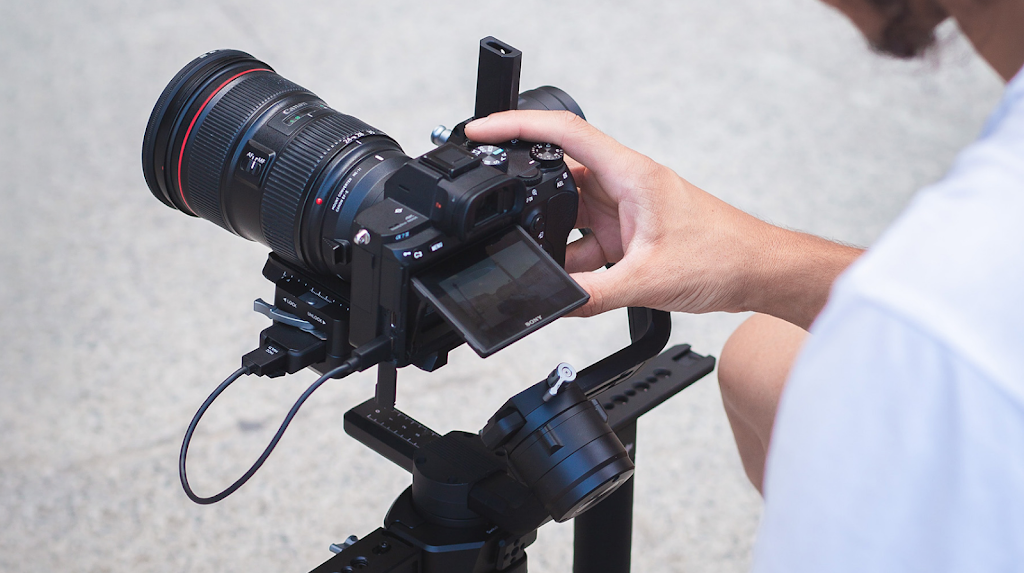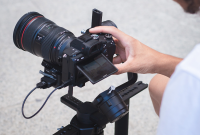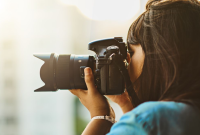Optimizing Your Digital Camera’s Performance
Every digital camera offers a wide variety of options and purposes that allow the user to capture stunning images. Nonetheless, there is a lack of clarity on several of the features, and the visuals may be improved. Getting a good handle on these things gives the user complete control over their device, which lets them take better photos.
The resolution of a digital camera is the primary factor in determining the picture quality that may be achieved. Megapixels are used to construct this. The amount of detail in an image is directly related to its mega pixel count. The tiniest units of coloration, or “pixels,” are what compose a picture. If you’re looking at them on a computer or screen, they appear great. When transferred to a computer and expanded, however, pictures with a lower number of pixels reveal these dots, revealing the image’s fault. So, if you want to take high-quality photos, you should get a digital camera with a high number of mega pixels.
Your digital camera’s lens also has a role in the final image quality. A zoom lens will allow you to go close to your subject or zoom out to get a wider perspective, giving you more control over the final shot. Though the basic idea is the same, each gadget will have its own unique characteristics. The lens’s label should have two zoom numbers: the smaller number should indicate the closest focus distance, while the larger number should indicate the furthest focus distance. Prioritize your desired photographic style while shopping for a digital camera. If the majority of the shots are taken inside, a smaller number will be enough so that the camera can zoom out sufficiently even in small spaces.
The auto-focus feature incorporated into the typical digital camera is sufficient for the vast majority of casual photographers. Choose a camera with a manual focus option, however, for more creative control and more sophisticated shooting techniques. Some devices allow you to disable the auto focus, which is a great feature since it gives the photographer more control over the final image.
There’s also the digital camera’s shutter lag to think about. Since there is a lag in the shutter, sharpness and composition are compromised. Due to the lag, the camera won’t truly snap the shot until you release the shutter button. This might be due to the subject moving out of the frame, clouds blocking off the intended light, or shaky hands causing blurring. To avoid this, push the shutter button halfway down when setting up the shot. By doing so, auto focus is engaged and the camera is ready to fire. A faster shutter speed and a reduced likelihood of aberrations are the results of pressing the shutter button.
Having enough storage on your digital camera’s memory card is crucial for taking high-quality pictures. It’s not only that you may save a lot of media on your device; you can also snap many shots as you try to capture the right moment.
The internal memory of any digital camera is rather small, usually not exceeding 16 MB. A memory card or stick may be used to increase the available storage capacity. Determine what works with your camera before settling on a brand. The maximum acceptable size for a memory card or stick is 2 GB. If you want to take advantage of additional picture chances, get a model that can be easily transferred and kept on your personal computer.
You may copy, distribute, and transmit this article without seeking further permission from the author, since it is published under the GNU Free Documentation License. However, the byline and any hyperlinks inside the article and biography must remain intact.




